Tourism in Belém
Hosting COP30 in the Amazon symbolizes the diplomatic recognition of the region's importance as the home of the world's largest tropical forest, as well as its great biodiversity, natural beauty, and cultural richness.
In Belém, the host city, participants can experience the heart of the Amazon and the culinary richness of Pará.
Uncover a variety of tourist attractions and experiences in the region:

Museum of the Amazônias: The Museum of the Amazônias is a space that invites visitors to emerge in an interactive way in the multiple faces of the Amazon. The Museum gathers the diversity of the region through the art, science, technology and culture of its peoples, traditions and ancestral knowledge. Image: Agência do Pará

Banho de cheiro (Smell of bath): The Banho de Cheiro (Smell of Bath) It is a traditional ritual of the riverside culture, which promotes a moment of introspection and connection with nature. Held on the banks of the river, it begins with the choice of aromatic and medicinal herbs, harvested directly from the forest for their healing and spiritual properties. Image: Setur/PA
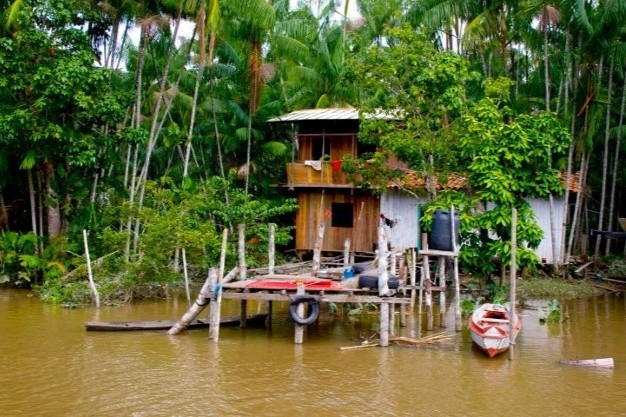
Tours in the Passeio nos Furos: The Passeio nos Furos (Riverside trip) — natural channels that connect rivers, lakes, and other bodies of water — is a tour showcasing the charms of the Pará Amazon. It reveals the riverside lifestyle and the living forest of Belém. Departing from the Guamá River, the tour offers a panoramic view of the city's waterfront and navigates through the Benedito and Paciência channels, skirting Combú Island. Image: Setur/PA
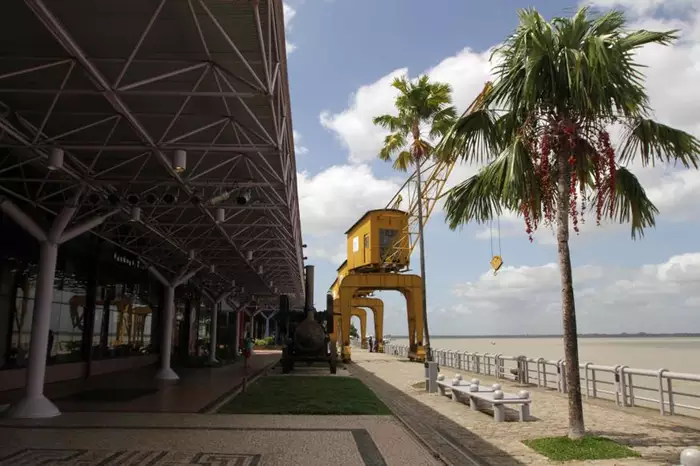
Estação das Docas (Docks Station): Officially opened on 13 May 2000, Estação das Docas is one of the spaces that best reflect the Amazon region. This tourist and cultural complex, a national reference point, brings together gastronomy, culture, fashion, and events along 500 metres of Belém’s former port waterfront. Spanning 32,000 m², it comprises three warehouses and a passenger terminal. Image: Cristino Martins/Ag. Pará
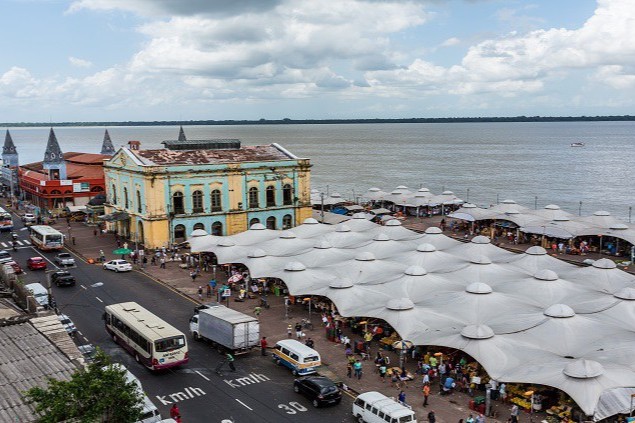
Ver-o-Peso Market: Located on Boulevard Castilhos França — in the Cidade Velha district and on the banks of Guajará Bay — it is a tourist and cultural landmark. This tourist and cultural landmark is considered to be the largest open-air market in Latin America. Ver-o-Peso supplies the city with a wide variety of Pará foods and medicinal herbs. Opened in 1901, it is one of the oldest public markets in Brazil. Image: Arquivo MTur
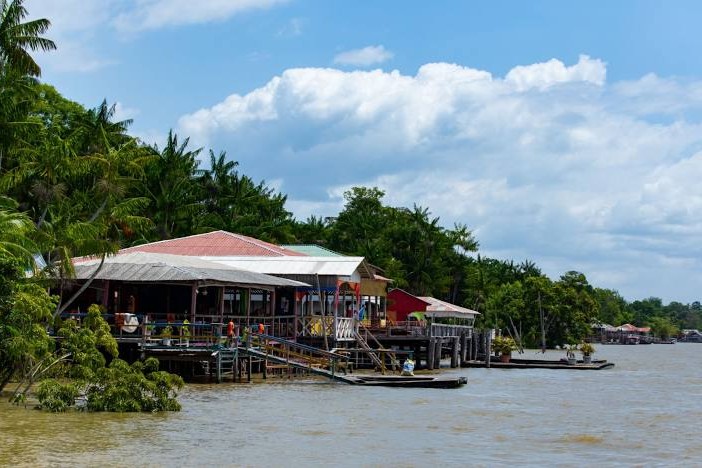
Ilha do Combu (Combu Island): Belém is surrounded by 42 islands, among the most enchanting is Combu Island, located just 10 minutes by boat from the city center. The fourth largest of Pará’s islands, Combu combines lush nature and riverside traditions. Visitors can find bars and restaurants serving the best of Pará’s cuisine among bathing creeks and welcoming communities. Image: Embratur
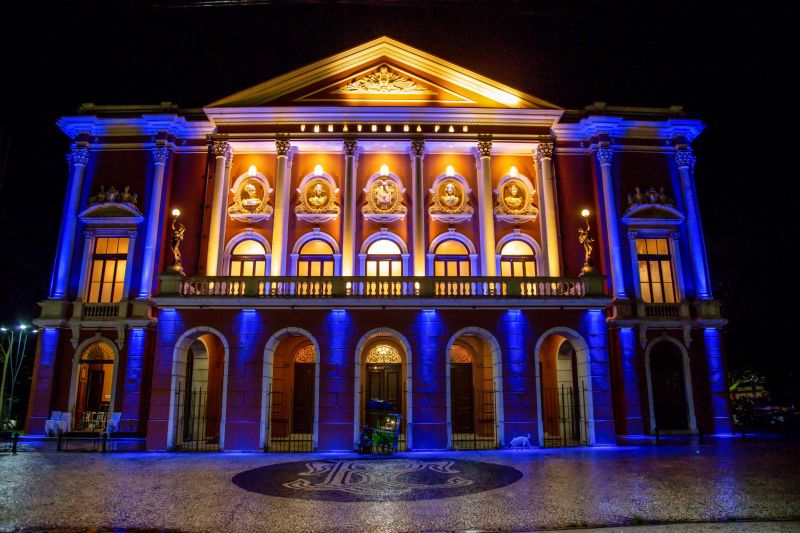
Theatro da Paz (Peace Theater): Originally opened in 1878, it is designed in the neoclassical style and has 890 seats. The theater's façade is supported by six Corinthian columns. The main hall's ceiling features a painting by Italian artist Domenico de Angelis depicting the god Apollo in his triumphant chariot, pulled by horses and surrounded by motifs of Amazonian fauna and flora. A landmark of the rubber boom era in Pará, the theater hosted renowned European opera companies. Image: Maycon Nunes / Ag. Pará
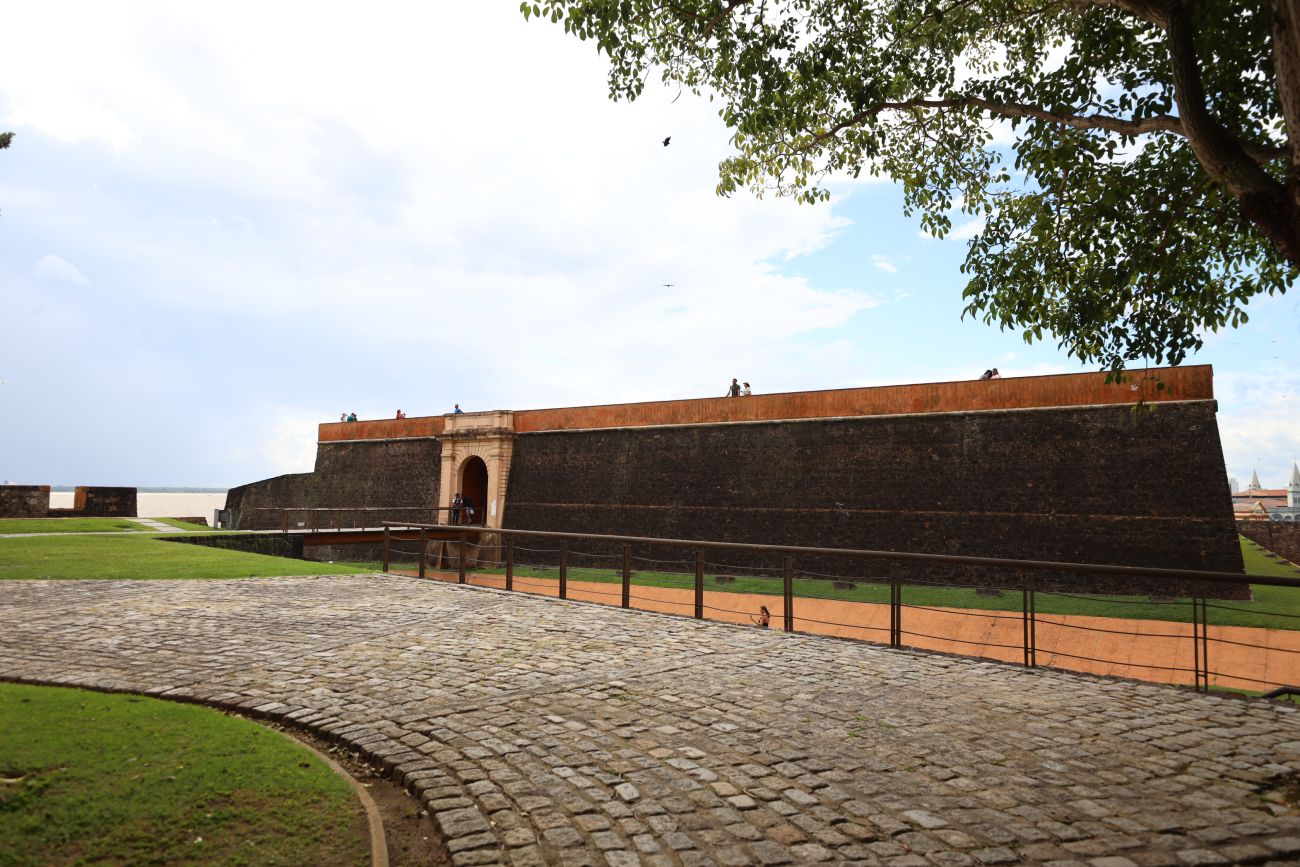
Forte do Castelo (Castle Fort): Built in 1878 on the same site where the Portuguese erected the Presépio Fort in 1616, marking the city’s founding. It offers a beautiful view of Guajará Bay. The cannons remain mounted on their original stone tracks used for aiming adjustments. Image: Rodrigo Pinheiro / Ag. Pará
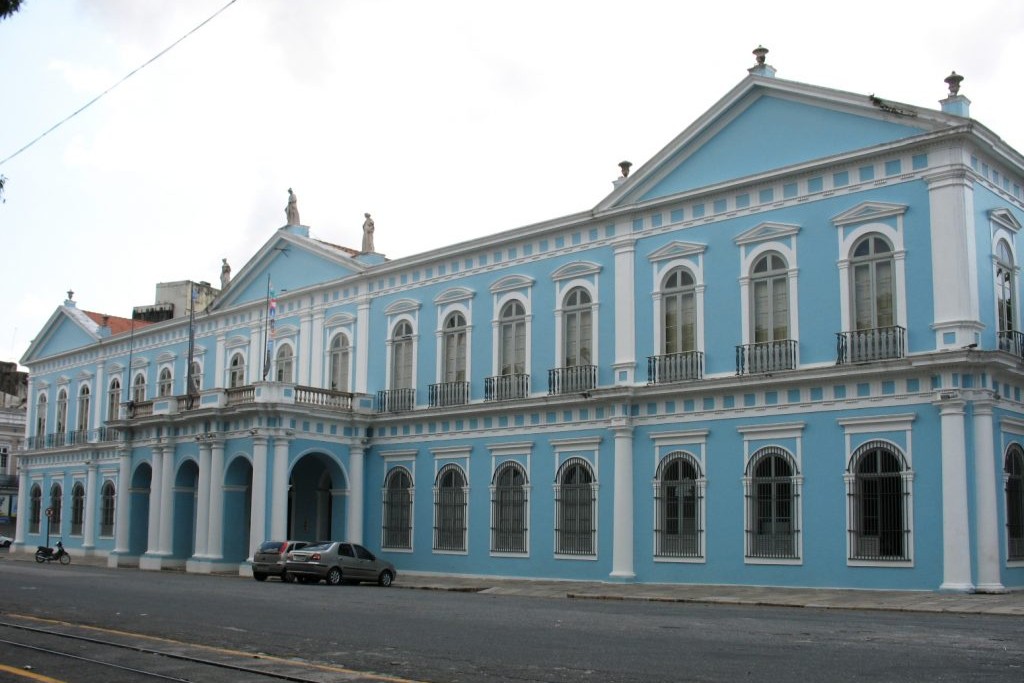
Belém Art Museum: Featuring regional paintings, Belle Époque sculptures brought from Europe, and furniture from the salons of late 19th-century Pará high society. Marble staircases, exquisite chandeliers, decorated tiles, ceilings with zinc details, and Amazonian wood floors. Image: Reproduction / Belém City Hall
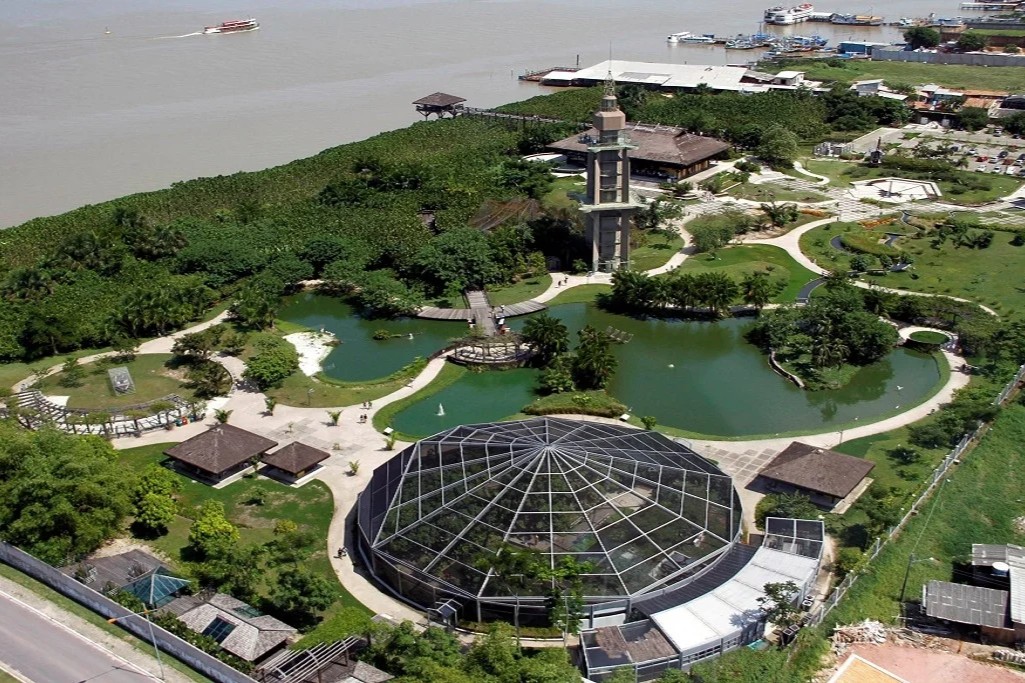
Mangal das Garças: The city’s newest park, covering about 40,000 m², is an ecological complex with a time hall and a lookout tower. It includes an aviary, an artificial lake with free birds, a butterfly garden, a pond of giant water lilies, and an orchid house. Image: Cristiano Martins / Ag. Pará
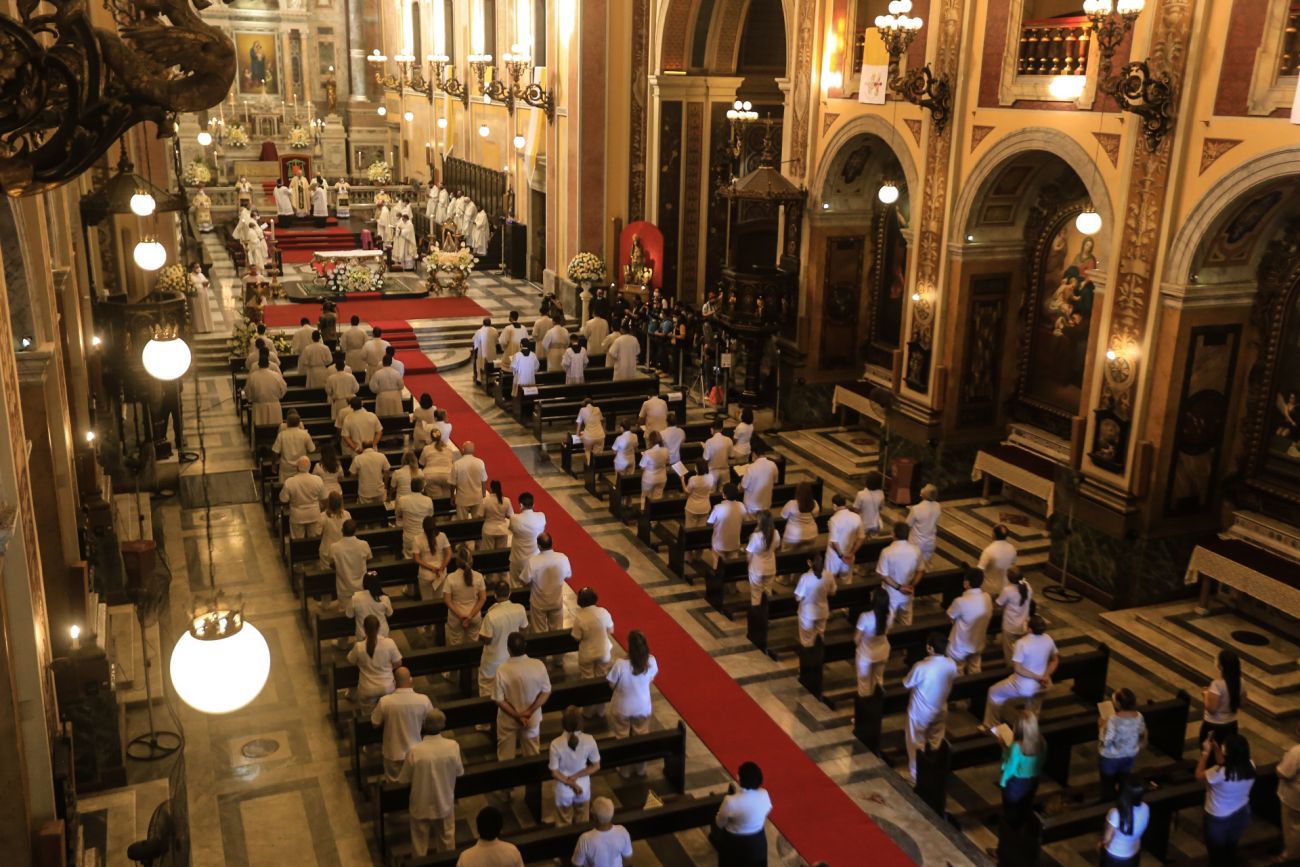
Basílica of Nazaré: Originally inaugurated in 1909, the building is a replica of the Basilica of St. Paul in Rome. Its doors are made of bronze. The crypt houses a museum dedicated to the traditional Círio de Nazaré festival. Image: Jader Paes / Ag. Pará
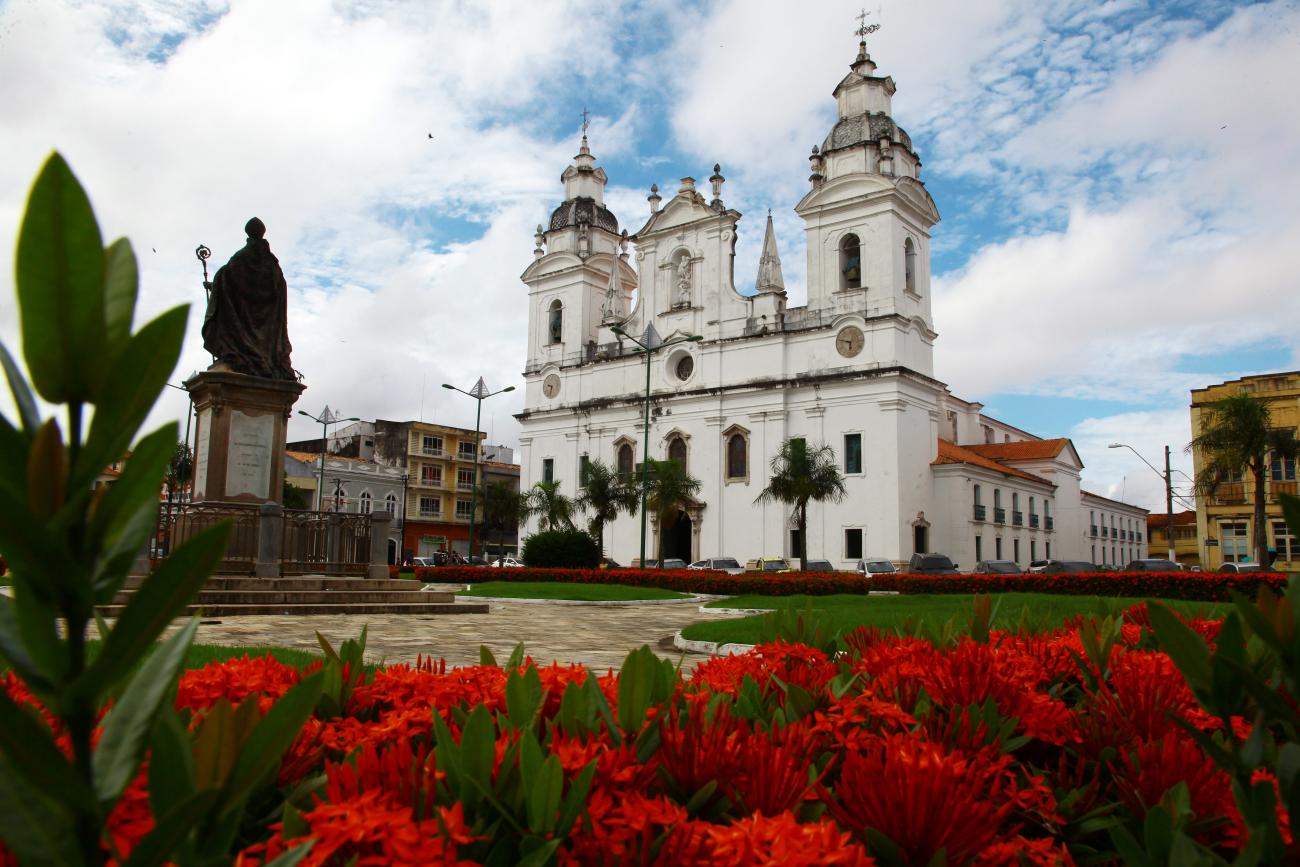
The Cathedral of the Sé: Originally inaugurated in 1771, the cathedral features panels by the Italian artist Domenico de Angelis and a main altar donated by Pope Pius IX. The annual Círio de Nazaré procession departs from this site every year. Image: Marco Nascimento / Ag. Pará
These are just some of the experiences that can be lived in Belém. To explore destinations, itineraries, experiences and tourist services, the Government of Pará has prepared a page containing information and itineraries for visitors.
More information about this and other cultural experiences:
